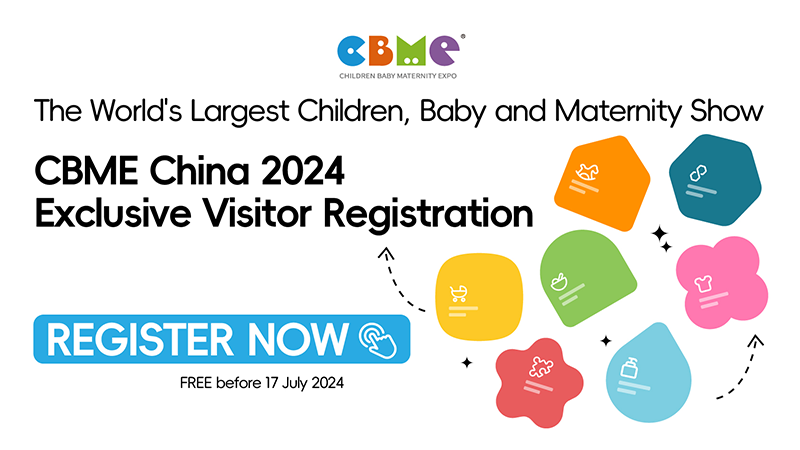Bringing up baby, Hangzhou style
The baby goods industry is a sunrise sector in China. It’s sound and safe enough to cater for infants and children up to 12, as well as expectant and new mothers. Its products and services cover maternity, infants’ and children’s food, feeding supplies, skin and hair care products, toys, clothes, prams and cots, early education and maternity services.
Experts predicted that the number of newborn babies would peak in 2010, with the “baby boom” leading to massive development of the infants’ goods economy. It’s an industry that has seen an annual growth of 30% since 2000.
China is currently the world’s second largest consumer market for baby-related goods after the US and it’s expected to become a trillion yuan marketplace in 2010.
Hangzhou’s Wulin sub-district held a work co-ordination meeting aimed at developing the city’s Hangzhou Haierxiang Baby Goods Street in December 2009.
Lin Xiaohong, Secretary General of the Hangzhou Infants and Children Industry Association, expects the Haierxiang project will turn the neighbourhood into a widely-recognised shopping street for babies’ goods.
In conjunction with conservationist and cultural prerogatives, Haierxiang Alley will be developed into a special district for exhibition and sales of maternity and baby goods. It will mainly target infants and children under 14. The place will become the weather vane for innovation and consumption.
Hangzhou has basically completed its study on synergies between the baby goods industry and tourism, and intends to tap its well-developed tourism industry to boost sales of baby goods such as souvenirs and gifts, said Lin Xiaohong.
Katsuhisa Inayama, Chief Operations Officer and Assistant General Manager of Japan’s Aprica, led a delegation to visit Hangzhou recently.
Aprica is a leading international brand name in Japan and owns 3,750 patents worldwide. Its parent company, Newell Rubbermaid, is a Fortune 500 company playing a leading role in the North American baby goods market.
In line with Hangzhou’s industrial adjustment
The baby goods industry is envisaged as “green”, with zero pollution and low energy consumption; that accords with the general direction of Hangzhou’s future industrial adjustment.
The city’s Party Committee and People’s Government fostered 10 sectors with special potential up to 2007, with the baby goods industry among them.
The city also decided to become the national “capital” for baby goods.
In fact, Hangzhou was historically a distribution centre for baby goods and Haierxiang, which runs from Zhongshan North Road in the east to Wulin Road in the west, was a marketplace for baby’s and children’s goods during the Southern Song Dynasty.
But the Hangzhou Baby Goods Industry Park project was officially launched in March 2008. Over 200 baby-related enterprises are about to go into operation.
The Park’s total output value is expected to exceed Rmb30 billion within three years, laying the foundation for Hangzhou to realise its destiny, but also with an international element.
There are over 10,000 companies dealing in baby goods in Hangzhou. Over 60% are engaged in OEM operations for foreign brands while the remaining 40% are mostly involved in research, development and production of baby goods and related products.
Local brand names include Wahaha, Minsheng Pharmaceutical, Beingmate, Yangshengtang and Conba Pharmaceutical.
Hangzhou is now contemplating building an international amusement park aimed at infants and children.
By taking advantage of Hangzhou’s world-renowned natural scenery and historical heritage, it plans to build a theme park that combines the functions of entertainment, education, adventure and exhibitions – while linking up Hangzhou’s major industries of culture, education, animation, baby goods and tourism






